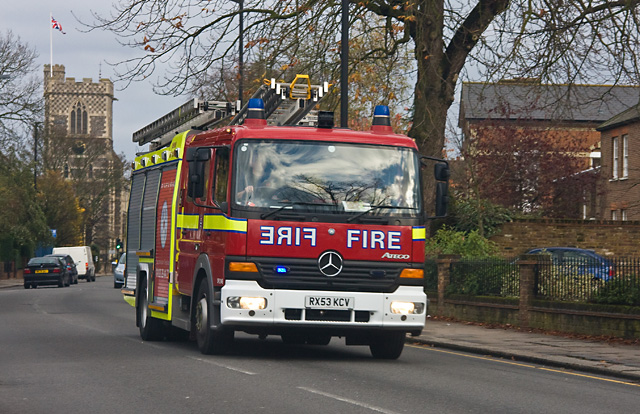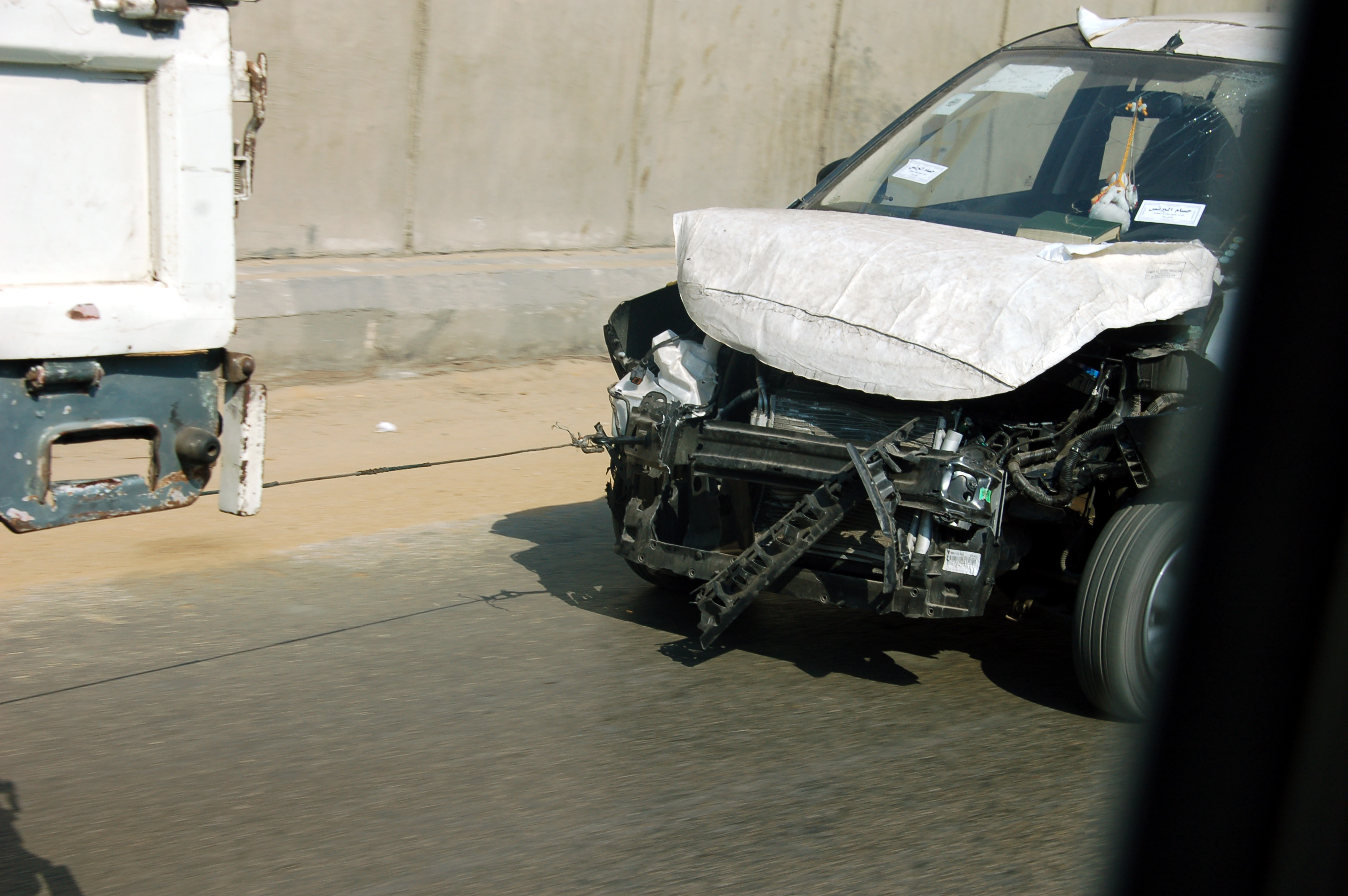It is all over the news that the police will soon be given the powers to provide on the spot fines for middle lane hogging on motorways. Whilst it remains to be seen whether there will be enough police ‘on the spot’ to deliver these fines remains to be seen.
There is also ongoing discussion as to whether or not learner drivers should be allowed to train on our motorways so it now may be a good time to refresh yourself on what is required whilst driving on our fastest, but statistically the safest, roads. Here is a good article that may help you:
Motorway driving tips: 5 ways to avoid fines, accidents and delays
“Motorway driving tips: 5 ways to avoid fines, accidents and delays. Our guide to staying safe, legal and courteous on the UK motorway system. Wednesday 5 …www.arnoldclark.com/…/158-motorway-driving-tips-5-ways-t…”
http://www.arnoldclark.com/newsroom/158-motorway-driving-tips-5-ways-to-avoid-fines-accidents-and-delays
Simply, if you always drive in the left lane unless you intend to overtake slower moving traffic then all should be well. Don’t forget to move back in again once your manouevre is complete and there is no longer slower moving traffic in the left lane.
There is really nothing more frustrating than having to move out two lanes to pass a ‘middle lane hogger’ and then to move back another two lanes!



